Radio-frequency identification (RFID) technology is the foundation of NFC technology. An NFC-enabled device, such as a smartphone, can read a particular kind of RFID tag called an NFC tag.
The electromagnetic fields at 13.56 MHz are used by the technology to connect devices. NFC tags may be affixed to goods, packaging, or postage stamps. They may also be used on billboards or posters.
A limited bit of data, such as a website URL or phone number, is contained in NFC tags. An NFC-enabled device can read the data on an NFC tag when the device is close to the tag.
NFC tags come in a variety of sizes and styles. The NFC Forums oversee their functioning, assuring device compatibility.
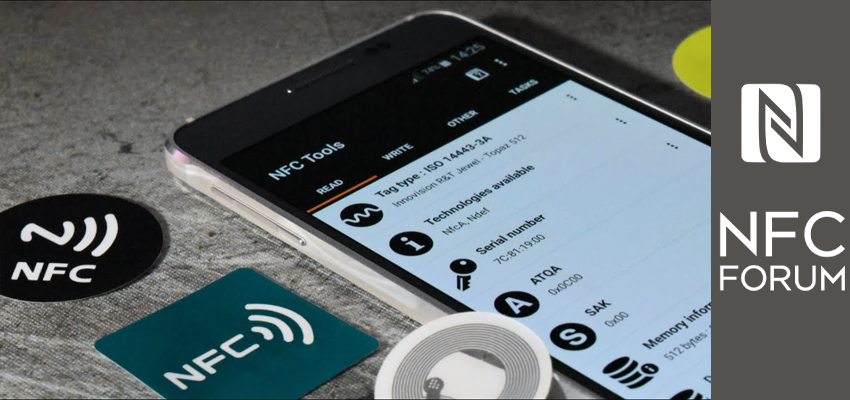
What is NFC Forum?
An organization that supports the use of near-field communication technology is called the NFC Forum. Nokia, Philips, and Sony launched the NFC Forum in 2004.
The company develops specifications, accredits goods, and promotes the application of NFC technology. It is accessible to any business that wants to employ or advance NFC technology.
It has produced many NFC tag varieties, each serving a unique function. This law guarantees device compatibility and simplicity of use.
6 Forum Types of NFC Tags
- NFC Type 1 Tag
These are common tags with read/write capabilities. However, you can configure Type 1 Tags to be read-only. They are often used for storing small amounts of data, such as a URL, phone number, or email address.
The type 1 tags are uses ISO 14443A standard, ensuring compatibility with all NFC-enabled devices compliant with this specific regulation. It has 96-byte memory and a transmission rate of 106kbits/s. This makes it ideal for storing simple information.
However, these tags lack an elaborate data conflict protection mechanism, which can result in data being overwritten or corrupted. As such, you cannot write on two different blocks of a Type 1 tag at the same time.
Due to these shortcomings. these tags are highly affordable. They are often used in retail stores for customer loyalty programs or for tracking inventory. They are also compatible with Innovision and Topaz systems.
- NFC Type 2 Tag
Type 2 tags are based on the ISO 14443A standard and have a read/write capability. They also come with an elaborate data conflict protection mechanism, which prevents data from being overwritten or corrupted. This is done by using a two-byte lock control TLV (Tag Lock Control Transaction Protocol).
The Type 2 tag has a 48/144-byte memory and a transmission rate of 106kbits/s. They can be read/write or read-only, depending on how the configuration. The lock control TLV makes it ideal for storing more valuable information, such as credit card details.
Besides, these tags are based on the NXP MIFARE Ultralight tag, one of the most popular platforms for contactless payments. Its high-security features make it ideal for applications where data security is paramount, such as access control and identity management.
- NFC Type 3 Tag
Type 3 tags are based on the Sony FeliCa platform and use the (JIS) X 6319-4 industry standard to communicate. They come with a read/write capability and 1/4/9-kilobyte memory. The Sony FeliCa platform is used in public transportation systems in Japan, such as the Suica card.
Type 3 tags have several security features that make them ideal for storing sensitive information, such as credit card details or medical records. The data on these tags is encrypted and can only be accessed by authorized devices.
Additionally, these tags boast 212 or 424kbits/s data transmission rate. This is fast enough for real-time applications, such as electronic ticketing and contactless payments. Besides, you can configure it to be read-only or read/write. This flexibility makes it ideal for a wide range of applications.
- NFC Type 4 Tag
Type 4 tags are based on the NXP DESFire tag and are 100% compatible with SmartMX-JCOP. They are regulated by the ISO 14443A and B standards and come with a read/write or read-only capability.
The tags also have an elaborate data conflict prevention mechanism, allowing you to simultaneously write on two different blocks. They can store 4Kb/ 32Kbs of data with an impressive transmission rate of 106kbits/s, 212kbits/s, or 424kbits/s.
The tags are used in applications that require high memory and high security. They are often used in electronic ticketing, access control, and identity management.
- NFC Type 5 Tags
Type 5 tags have significant improvements geared towards better data storage and faster transmission rates. They are based on the ISO 15693 standard and have a read/write capability.
The tags come with 256 bytes/896 bytes/1280 bytes/2528 bytes’ capacity. This high data storage capacity is ideal for storing loyalty points, medical records, and other valuable information. The tags also have a data transmission rate of 53kbits/s.
Additionally, Type 5 NFC tags are compatible with ICODE SLI-Xseries/TI 2K/ST LRI2K. They have a read-only or read/write capability and are used in a wide range of applications, including proximity marketing.
Their strong data protection collision mechanisms make them ideal for storing more valuable information. The risk of data corruption is significantly reduced, making them some of the most reliable tags in the market.
- NFC Type 6 Tags
Type 6 tags are based on the ISO 14443A standards and have a read/write or read-only capability. Being the latest NFC tag technology, they boast several improvements over the previous types.
For instance, they come with 1Kbyte/4Kbyte memory, which is higher than most of their predecessors. However, the data transmission rate is still 106kbits/s.
Additionally, the tags boast high security and data collision protection mechanisms. This makes them ideal for contactless payments and other applications where data security is paramount.
Type 6 tags are also compatible with M1 (S50 F08) and work well with most smartphones. They have read/write or read-only capability.
How to Choose the Ideal Forum Type NFC Tag?
The differences in these tags are in data conflict protection mechanisms, data transmission rate, and memory. Depending on your application, you will need a tag with specific features.
For instance, if you need high-data security, you should avoid Type 1 tags since they have no anti-collision mechanisms. However, these tags are cheap and the best choice for low-security applications.
Whichever tag you choose, ensure it offers the features you need for your application. This way, you will get the most out of your investment.
Relevant articles
- 25 NFC Cards Reintroduce You to NFC Smart Cards
- How to Create Your Own Amiibo NFC Tags?
- How to Program NFC Tags With iPhone and Android Device?
- NFC vs. RFID: What’s the Difference Between Them?
- What Is The Material Of RFID and NFC Tag Keychain?
- NFC Beginner’s Guide: All You Need to Know About NFC
- What are the Different Types of RFID Tags
- How To Use NFC On iPhone

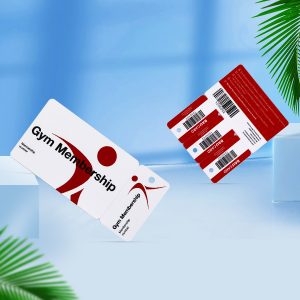
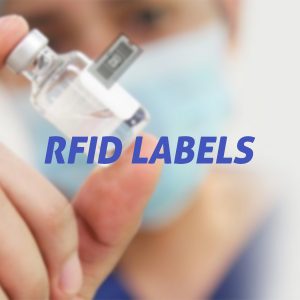
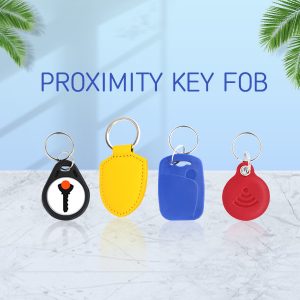


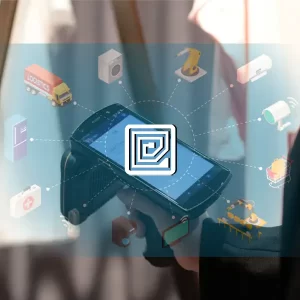
This resource is fabulous. The wonderful data exhibits the essayist’s earnestness. I’m stunned and expect more such astonishing substance.